Over the past few weeks, Grinnell College athletes have taken part in a social media campaign, where they take pictures with their teammates, holding signs that say “Team Up to Change Up,” and asking for a ten dollar charitable donation to a college account. The donations will then help fund community service projects both nationwide and in the Grinnell area. This social media campaign is a fundraising opportunity for Grinnell’s newly added chapter of Student-Athletes Leading Social Change (SALSC) and for chapters of the group nationwide.
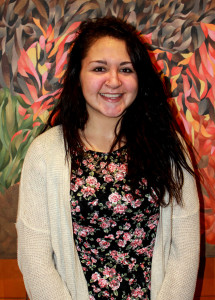
Photo by Misha Gelnarova
Women’s basketball player Ariel Keller ’17 founded Grinnell’s chapter of SALSC this year after some prior involvement with the organization. Her older brother, Grinnell football player Max Keller ’14, had learned of the organization and suggested that the two of them take part in a weeklong summer service project led by SALSC.
The project was in New Orleans in the summer of 2013, before Keller’s first year at Grinnell. Keller and her brother helped renovate a charter school that had been damaged by Hurricane Katrina.
“We repainted the walls and we refurbished it prior to open house for the kids. It was a school in inner-city New Orleans that had been struck by the hurricane and still hadn’t been really renovated since then,” Keller said.
Last summer Keller attended a second SALSC-led service project, this time in Washington, D.C. As a result of her experiences, she and swimmer Dana Sherry ’16 decided to establish a chapter of the organization at Grinnell. Keller also expressed gratitude towards Grinnell’s recently hired Coordinator for Diversity and Inclusion in Athletics, Justin Thaxton, for his help in organizing and starting the chapter.
“He was able to get an article up on the [Division III] Midwest Conference website about SALSC, and other schools in the Midwest Conference have expressed interest in getting SALSC chapters within their schools as well,” Keller said.
SALSC is a young organization, founded just six years ago by student athletes at the University of Illinois. One of the founders was former Illinois swimmer CeCe Marizu, who now directs the organization. SALSC currently has chapters at around a dozen schools, but most of them are large Division I institutions scattered around the East Coast, Midwest and South. The organization was the outgrowth of Marizu’s mentor Jeff Janssen’s Sports Leadership Center, a group that establishes programs at numerous colleges and universities stressing leadership skills among student athletes.
“Wherever [Janssen] has an academy, that’s where we’ve been growing,” Marizu said. “So Ariel stepping up and wanting to do something at Grinnell is something new for us. This is our first year having a chapter that isn’t part of the network of leadership academy schools.”
Member institutions raise money through projects like the “Team Up to Change Up” campaign in order to take part in summer service projects such as the one Keller attended in New Orleans. Keller also hopes to have several projects encouraging healthy eating among children in the Grinnell area, one example being a “Healthy Food Kiosk” at Hy-Vee for a weekend.
“Sunday and Saturday morning, we’ll have student athletes go and teach kids in the grocery store what’s a healthy choice, and why they need to eat the proper food,” Keller said. “Then hopefully we’ll be able to have a day in the spring where kids can come and do exercises and dances.”
Keller and Sherry also hope to get SGA funding for projects in the Grinnell area and will have a SALSC concession stand at the home basketball games on February 18.








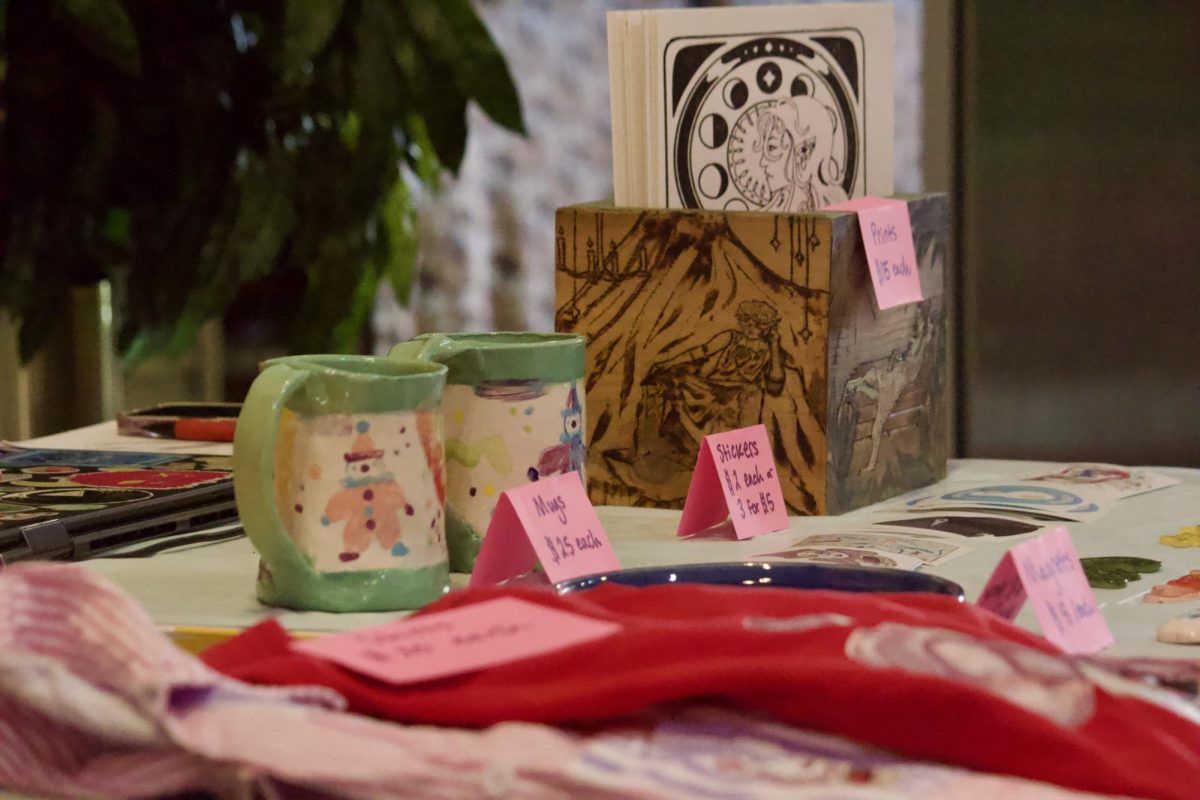









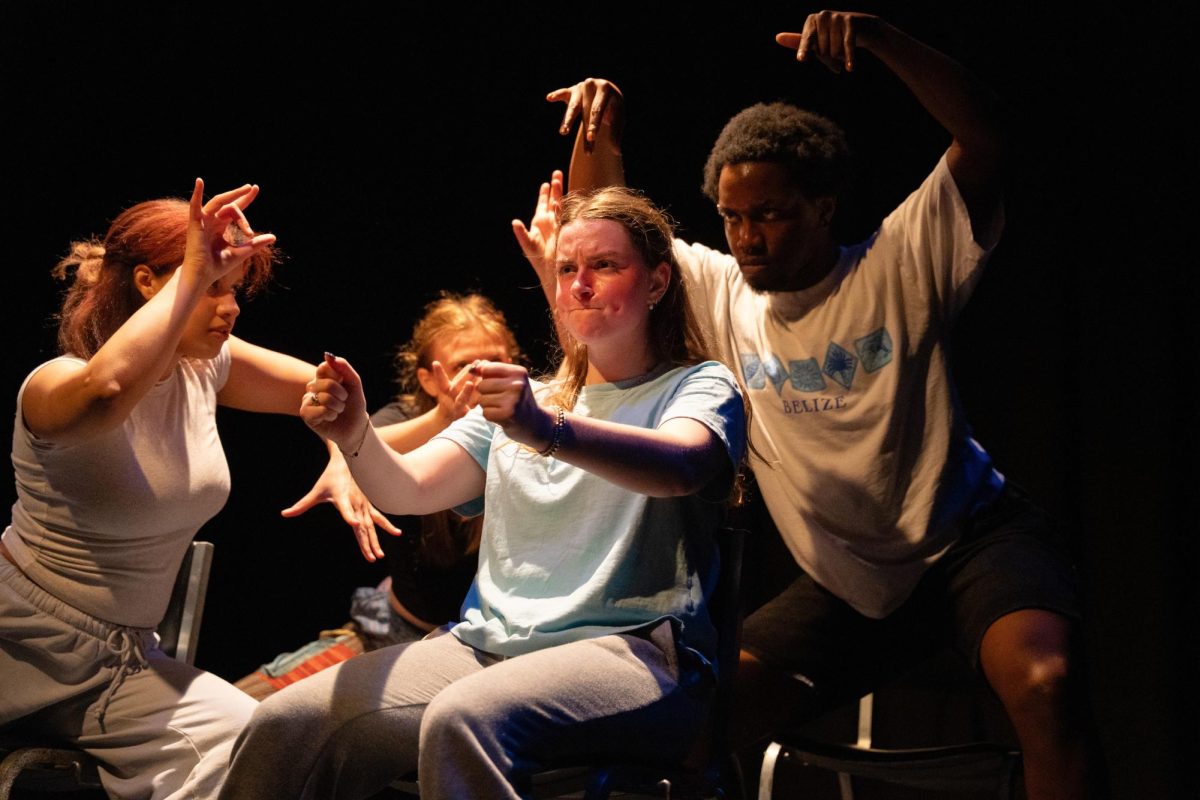










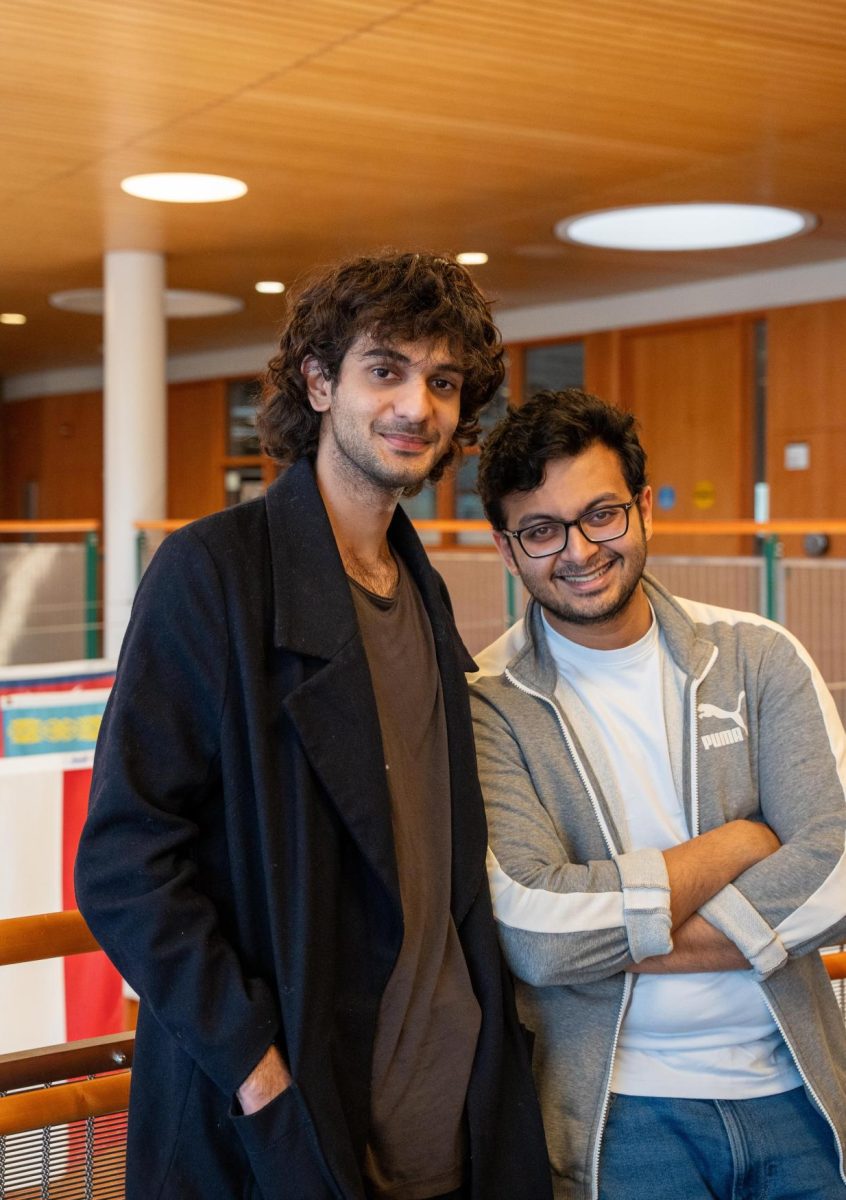
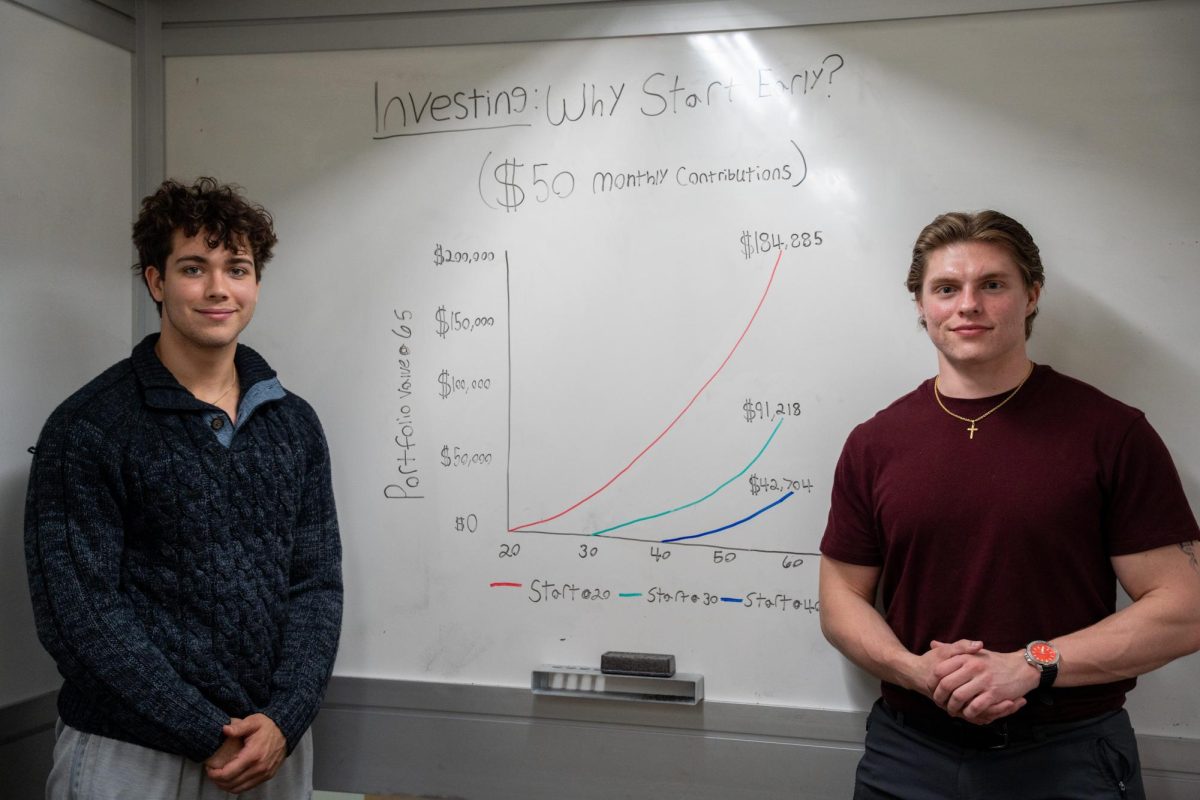




















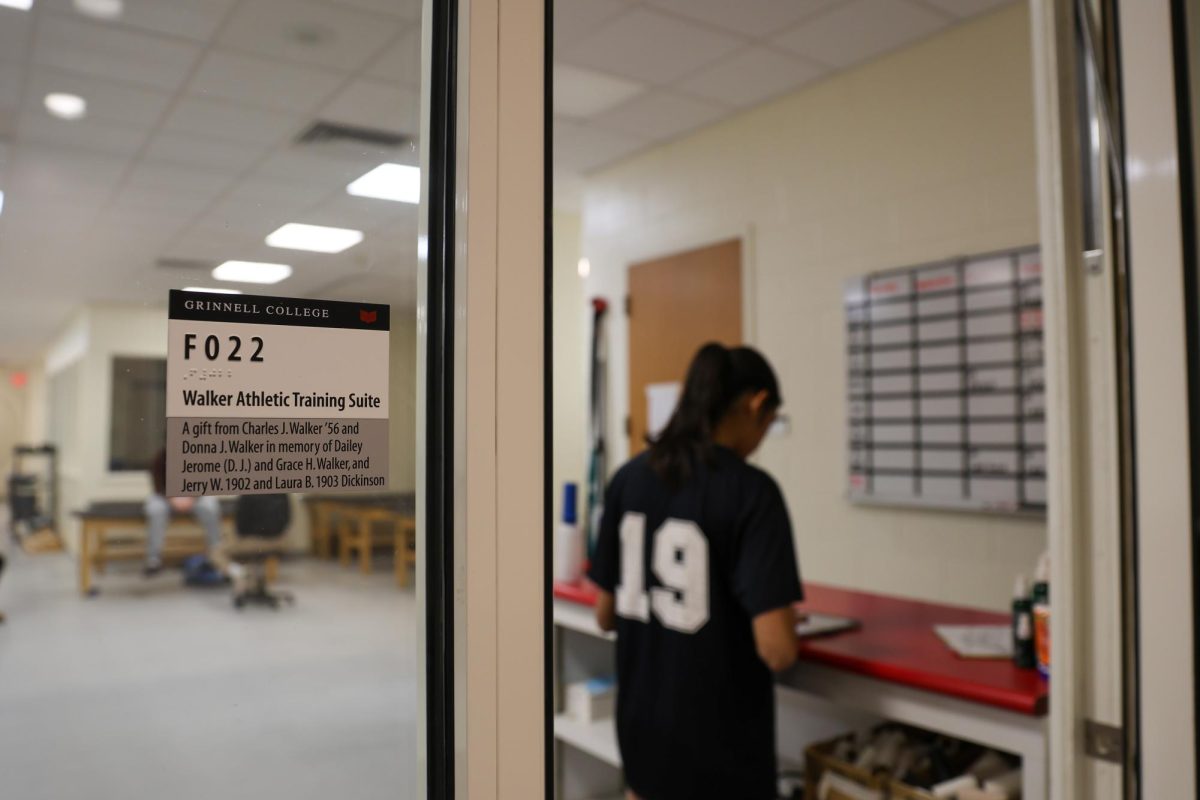
SALSC? • Feb 17, 2015 at 1:19 am
About 23.6% of Grinnell residents live below the poverty line. Engaging with our surrounding community is so important, but I have to wonder: which groups, organizations, or community-members from town told SALSC that what they need is a “healthy foods kiosk”? It seems condescending for a bunch of undergraduate student athletes (NONE of whom are qualified nutritionists or dietitians) to go into town in order to teach children how to “eat the proper food”, when for many families the issue comes down to access and affordability. This is Division III activism.